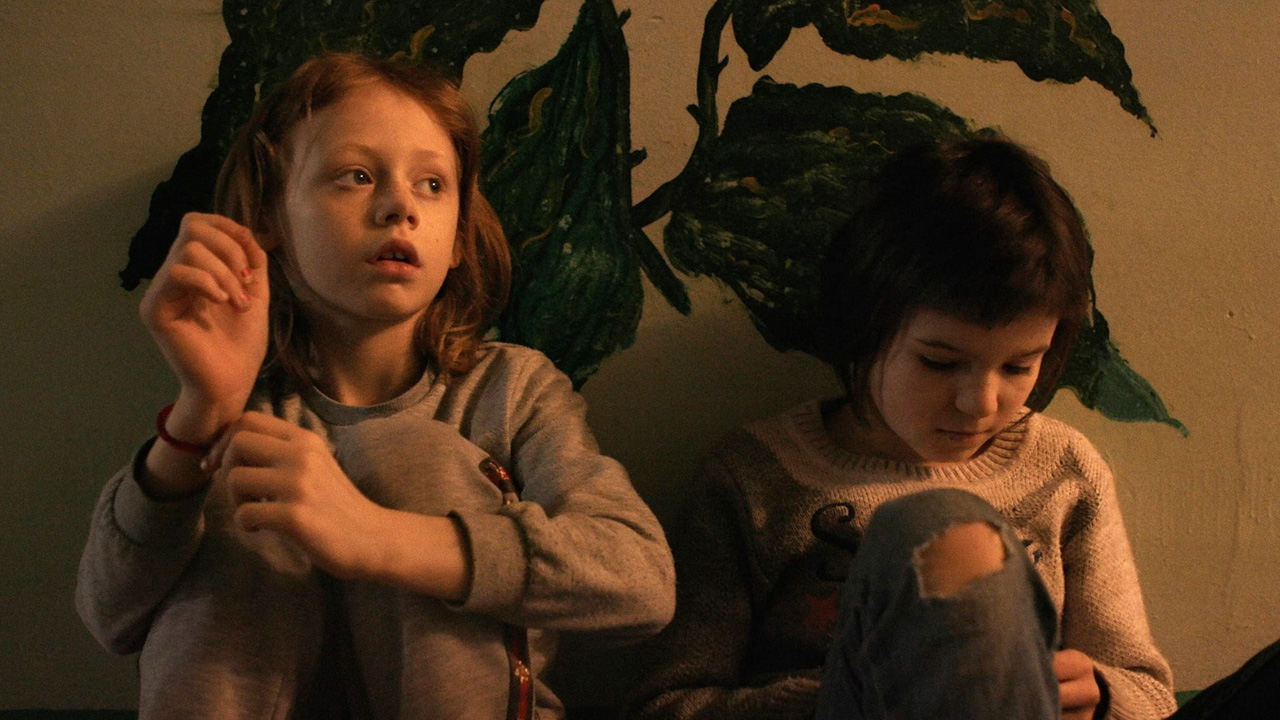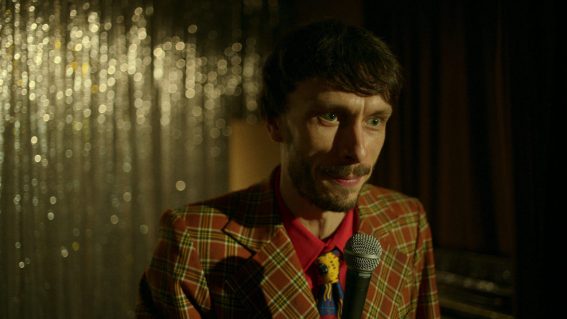Oscars underdog A House Made of Splinters is an unforgettable experience

Academy Award-nominated documentary A House Made of Splinters examines an institution for children who have been removed from their homes while awaiting court custody decisions. Although it’s least likely to win the Oscar, Liam Maguren writes why the film will almost certainly stay in the minds and hearts of those who come across it.
A House Made of Splinters
Despite the cynicism revolving around most of the Academy Awards categories, there’s usually an agreed reverie for the Best Documentary Feature nominees. The last few decades in particular have championed global stories dissecting important current events, profiling groundbreaking people, and preserving vital parts of history.
This year’s excellent nominees are further examples of this. All that Breathes profiles the courageous work of two New Delhi veterinarian brothers; All the Beauty and the Bloodshed shines a light on the art of Nan Goldin and the fall of the Sackler family; Fire of Love profiles the wild endeavours of married volcanologists Katia and Maurice Krafft; and Navalny follows Vladimir Putin’s political opponent before, during, and after an attempt on his life.
That only leaves A House Made of Splinters, the film least likely to win the Oscar for Best Documentary but will almost certainly stay in the minds and hearts of those who come across it.
Filmmaker Simon Lereng Wilmont follows the lives of four kids in The Lysychansk Center for The Social and Psychological Rehabilitation of Children. It’s a very long name for a straightforward place, a beige block of a building in Eastern Ukraine housing children whose fates lie in stacks of legal paperwork. They might return to their unfit parents, get adopted by a foster family, or be transferred to an orphanage. It’s a painfully long wait to find out—one that Wilmont observes with great detail.
Eva asks her grandmother, “Has mum been drinking again?” in a manner so nonchalant, it must be a common question. Pals Sasha and Polina tell similar stories about their alcoholic parents but in a playful and jokey way, both bonding over a shared and sadly normalised experience. As for Kolya, he masks his pain with a “tough guy” attitude that feels like the start of a familiar tragedy, though the staff are determined not to let him stray that way.
Suffice it to say, these are heartbreaking circumstances. Though it was filmed before Putin’s full-scale invasion of Ukraine, A House Made of Splinters exhibits the damaging effects of the long-running tensions leading up to the current war. With poverty and alcoholism emerging as a result of these tensions, the film very clearly reveals the conflict as the root cause of these kids’ circumstances—not their unfit parents.
While the children don’t fully understand the conflict responsible for their situation, they aren’t completely ignorant of how it affects them. One standout scene sees a girl with an LED crystal ball forecasting another’s future, gleefully predicting she’ll become an alcoholic and her kids will go to orphanages. It’s cruel, but telling—these kids are aware of what intergenerational trauma looks like.
A House Made of Splinters offers many unforgettable observations in its brisk 87-minute run time. In a way, it lifts the viewer closer to the social workers’ understanding of how these children’s minds operate, and it counters a more privileged society’s instinctive desire to protect kids from hard truths.
The centre’s social workers always treat these kids with kindness but they’re not looking to sugarcoat matters (a spoonful of sugar isn’t going to make, “Your mum isn’t coming to get you,” go down any easier). Rather, they respect them as individuals by approaching these subjects with the seriousness they deserve. With this approach, their kindness comes from wisdom—one worker reassures a shattered girl that her mother’s a good person and that alcoholism is her only flaw. As the film so elegantly shows, kids can absorb such insight.
Despite the difficult subject matter, there’s a foundational layer of gratitude lying at the heart of A House Made of Splinters. As this film undoubtedly proves, second chances are possible for these broken kids (one happy girl cartwheels so hard, her shoe flies off) and those chances wouldn’t exist without this place or the social workers who guide them through an impossible process.
















